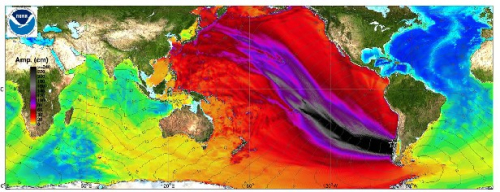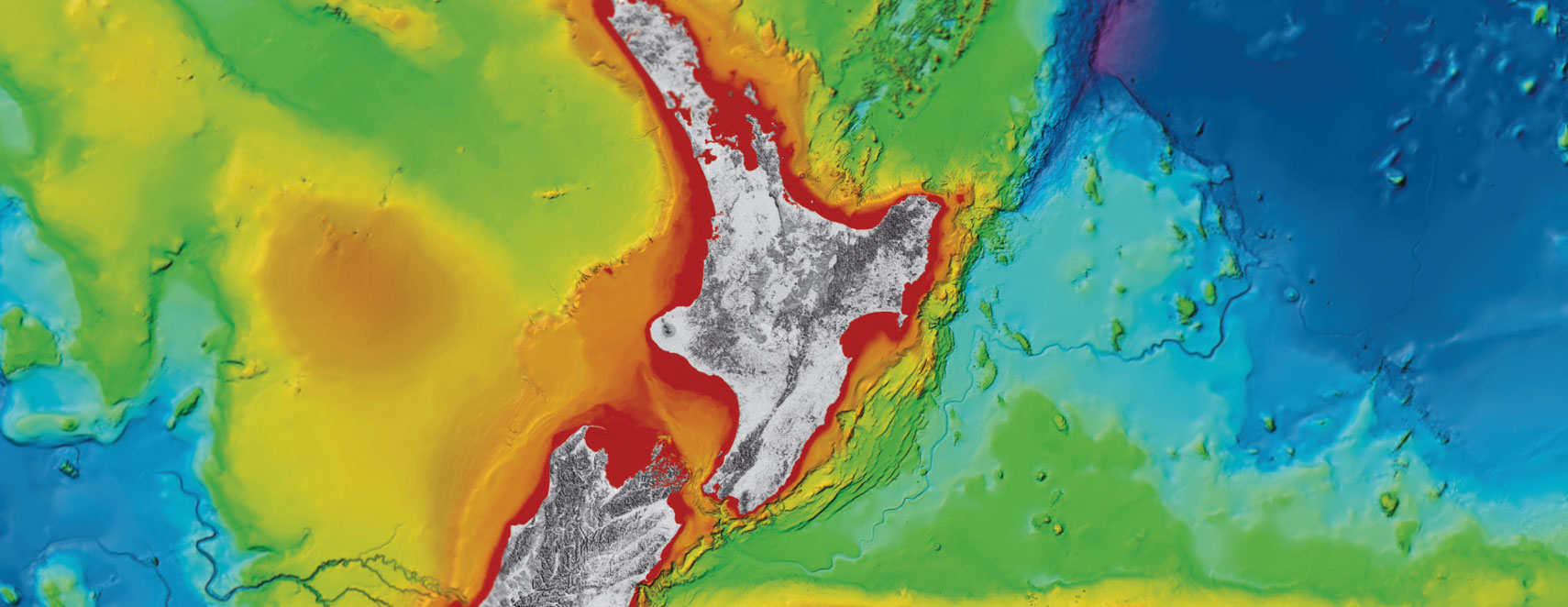
Lessons learnt in New Zealand from 1960 Chile tsunami

Sixty years ago, a tsunami caused by a magnitude 9.5 earthquake in southern Chile struck New Zealand – ultimately leading to the country’s first formalised tsunami warning system being put in place five years later.
Researchers from Massey University, University of Tasmania, NIWA and the Ministry of Civil Defence Emergency Management have investigated what New Zealand learnt from this event, by analysing 38 newspapers reports of the event and interviewing 18 evacuees between November 2004 and December 2007.
NIWA researcher Dr Rob Bell said the tsunami triggered conversations around the need to improve warning systems and public awareness at national and local levels, leading to ongoing changes to tsunami education and warning systems.
“Our tsunami warning system was virtually non-existent. Following the event, negotiations to connect New Zealand to the Pacific Tsunami Warning Centre and a formalised warning system were concluded in 1965,”said Dr Bell.
The tsunami travelled across every ocean and struck New Zealand between 23 and 24 May, causing wild fluctuations in the water level along the coast of New Zealand for several days without an official warning being issued.
Dr Bell said it was a large aftershock three days after the earthquake struck that prompted authorities to issue a tsunami warning by radio and evacuate residents, in what would be the largest and most widespread evacuation in New Zealand’s history.
“Authorities evacuated almost the entire populations of Whitianga, Waihi Beach, Whakatāne, Ōhope, and Ōpōtiki to high ground for several hours, while other coastal communities took heed of the warning and self-evacuated,” Dr Bell said.
“Along with people who did evacuate to safe areas following the aftershock tsunami warning, there were also widespread newspaper reports of people ignoring the warnings and who headed down to the coast to observe the waves.
“Large tsunami in New Zealand occur quite infrequently, and when the 1960 tsunami occurred, there hadn’t been an event for generations – so there was considerable misunderstanding of tsunami through lack of education and awareness.
Professor of Disaster Management and Director of the Joint Centre for Disaster Research David Johnston said New Zealanders are now in a far better position than what we were back then.
“New Zealanders are far more aware of the risk of tsunami, the natural warning signs and what to do if one was to occur,” he said.
“Most people now recognise the natural warnings signs of a tsunami – a long or strong earthquake – and know to evacuate to high ground and inland, thanks to national education campaigns.
“We know we are at risk of tsunami and so it is really important that people have a plan and practice their drop cover hold and tsunami hīkoi. We know doing these two things can save lives.”
Disclaimers and Copyright
While every endeavour has been taken by the East Coast Lab Hikurangi Subduction Zone M9 to ensure that the information on this website is
accurate and up to date, East Coast Lab Hikurangi Subduction Zone M9 shall not be liable for any loss suffered through the use, directly or indirectly, of information on this website. Information contained has been assembled in good faith.
Some of the information available in this site is from the New Zealand Public domain and supplied by relevant
government agencies. East Coast Lab Hikurangi Subduction Zone M9 cannot accept any liability for its accuracy or content.
Portions of the information and material on this site, including data, pages, documents, online
graphics and images are protected by copyright, unless specifically notified to the contrary. Externally sourced
information or material is copyright to the respective provider.
© East Coast Lab Hikurangi Subduction Zone M9 - www.eastcoastlab.org.nz / +64 6 835 9200 / info@eastcoastlab.org.nz
